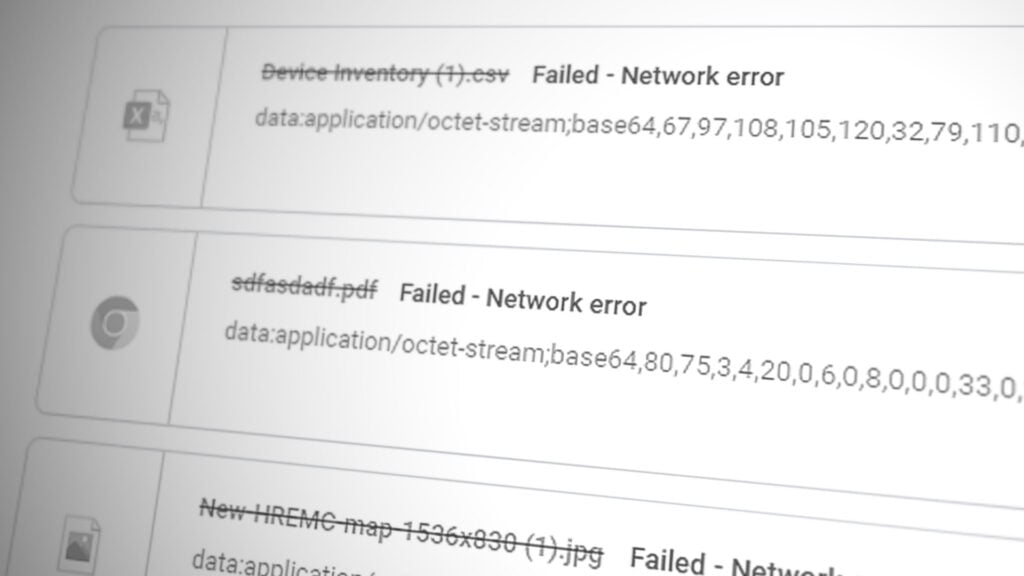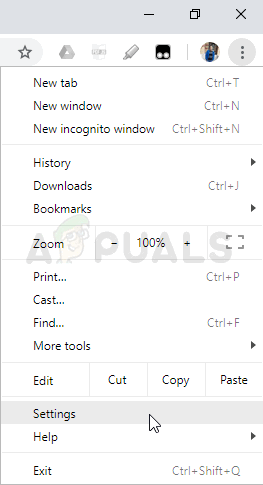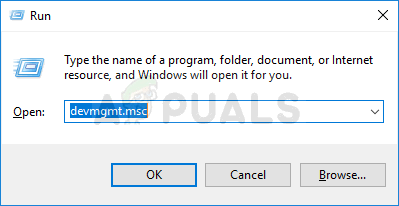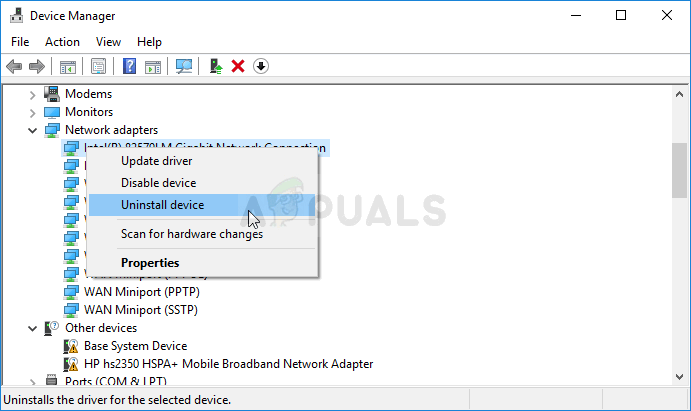How to Fix ‘Failed – Network Error’ When Downloading on Chrome?
The most common cause of Download Failed: Network Error issue is an unstable internet connection, but it can also be due to issues with the server hosting the file, or problems with your computer’s network settings. Making sure your computer’s date and time settings are correct and checking your security software settings are recommended steps.

Some users have successfully downloaded the same file from the same site using a different web browser. Additionally, trying another browser or checking the server status can help isolate the problem. Understanding these potential causes can save time and help troubleshoot more effectively.
What Causes this Error?
The primary reason behind most Chrome download failures is generally your antivirus software, which may require replacing—especially if you are using a free version. Another option is to disable HTTP or Port checking within the antivirus to permit downloads.
Other times, certain programs or services may be blocking access to the default Downloads folder, necessitating a change of download location. Additionally, outdated networking drivers can also lead to such problems.
1. Disable HTTP/Port Checking on Your Antivirus
By adjusting your antivirus settings to bypass HTTP/Port checking, you basically prevent it from scanning every bit of data that passes through these channels. Antivirus programs often inspect the security certificates of downloaded files, an action that can accidentally interrupt ongoing downloads due to false alarms or processing delays.
Disabling this feature minimizes the interference from your antivirus software during the file transfer process, thereby reducing the chances of encountering the error message in Chrome. This approach allows downloads to proceed without the added layer of inspection that could be causing disruptions.
- Open the antivirus user interface by double-clicking on its icon in the system tray (the right side of the taskbar at the bottom of the window) or by searching for it in the Start menu.
- The HTTPS scanning setting can be located in various places depending on the antivirus tool. In most cases, it can be found easily. Below are quick guides to locate it in some popular antivirus tools:
Kaspersky Internet Security: Home > Settings > Additional > Network > Encrypted connections scanning > Do not scan encrypted connections
AVG: Home > Settings > Components > Online Shield > Enable HTTPS Scanning (uncheck this option)
Avast: Home > Settings > Components > Web Shield > Enable HTTPS Scanning (deselect this option)
ESET: Home > Tools > Advanced Setup > Web and Email > Enable SSL/TLS protocol filtering (disable this feature)
- After these adjustments, check to see if you can download the file without encountering the error message. If the error persists, consider switching to a different antivirus or firewall solution, especially if you are currently using a free option.
2. Change Your Default Downloads Location
At times, the default Downloads folder can have restricted permissions or be on a drive running out of space, which prevents Chrome from saving files there. By selecting a different folder, potentially with more free space or fewer restrictions, you provide Chrome with a clear path to save your downloads, effectively dodging the errors that blocked the process previously.
- Launch Google Chrome and click on the three horizontal dots at the top right corner to access the Customize and control Google Chrome menu.
- Select Settings from the dropdown menu.

- Select Settings from the dropdown menu.
- Once in Settings, scroll to the bottom and click Advanced. Continue scrolling to the Downloads section. Click Change beside the Location option and select a new folder for Chrome downloads. Confirm the changes, restart your browser, and verify whether the error persists.
3. Install the Latest Network Drivers
These drivers facilitate communication between your computer’s operating system and its network hardware. Outdated or corrupt drivers can lead to impaired internet connectivity or even complete loss of network access, thereby causing such errors.
By making sure you have the latest drivers installed, you provide a clear path for data transmission, which can significantly reduce the likelihood of such download issues.
- Open Device Manager by searching for it through the Start menu or press the Windows Key + R to open the Run dialog box. Type in devmgmt.msc and press Enter or click OK.

- In the Device Manager, expand the Network Adapters section to see all the network adapters currently active.
- Right-click the network adapter you wish to uninstall and select Uninstall device. Confirm the action to remove the device and uninstall the driver.

Uninstalling the network adapter - Next, remove the adapter you are using and visit the manufacturer’s website to locate available drivers for your operating system. Download the most recent driver and run the installer from your Downloads folder.
- Follow the on-screen instructions to complete the installation. If the adapter is external, such as a Wi-Fi dongle, do not connect it until the installation wizard prompts you to do so. Restart your computer and attempt to download a file to see if the issue has been resolved.





